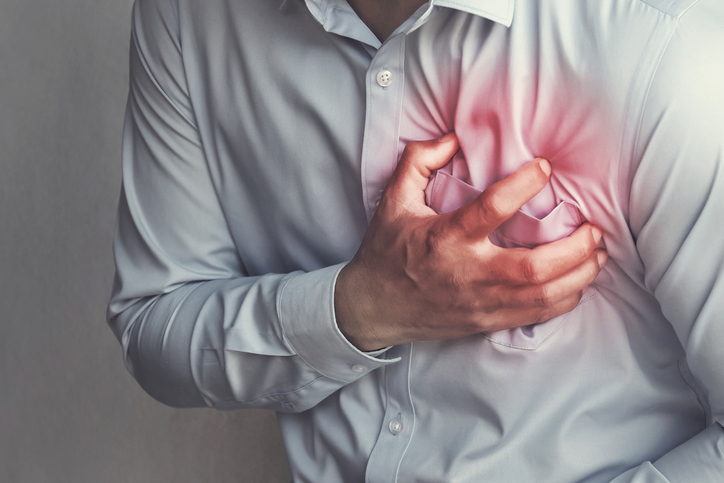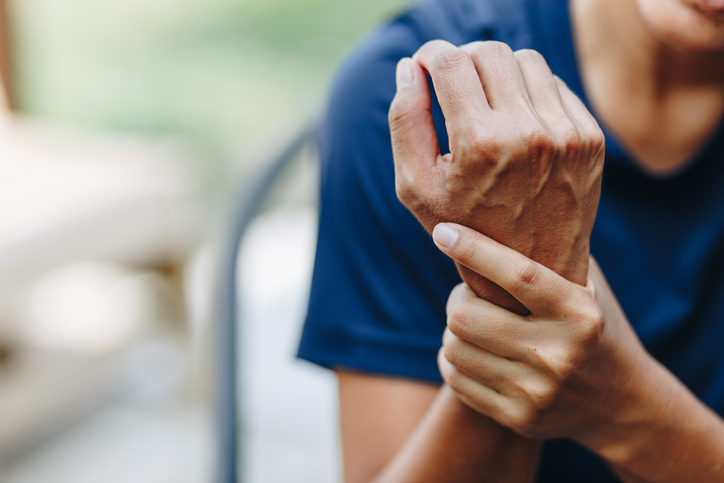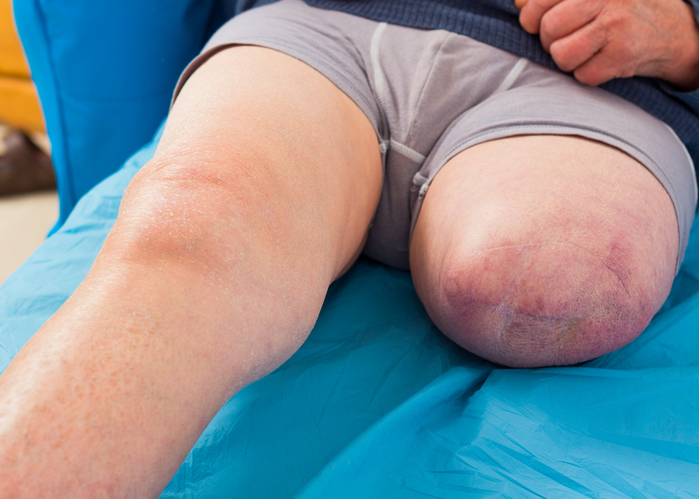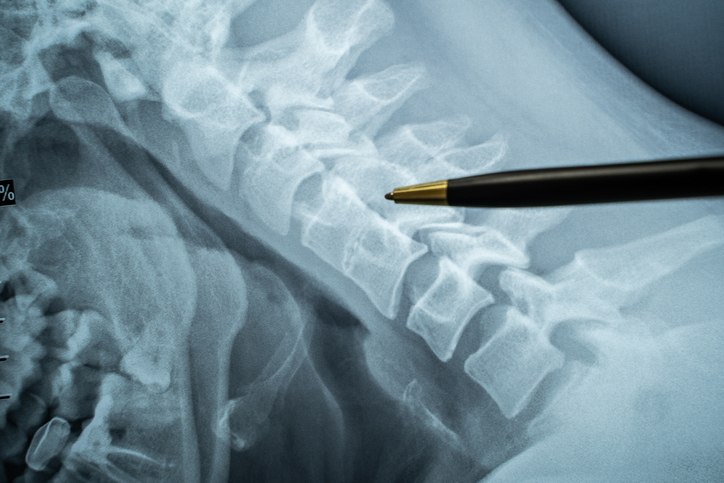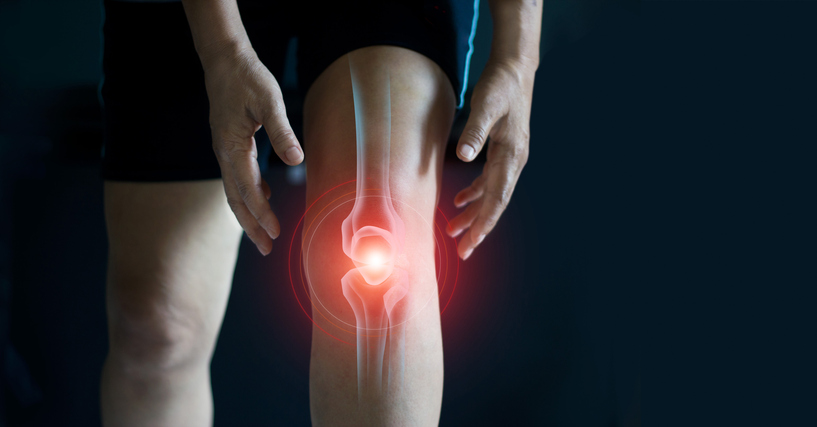Pain
Common Myths and Facts About Chronic Pain
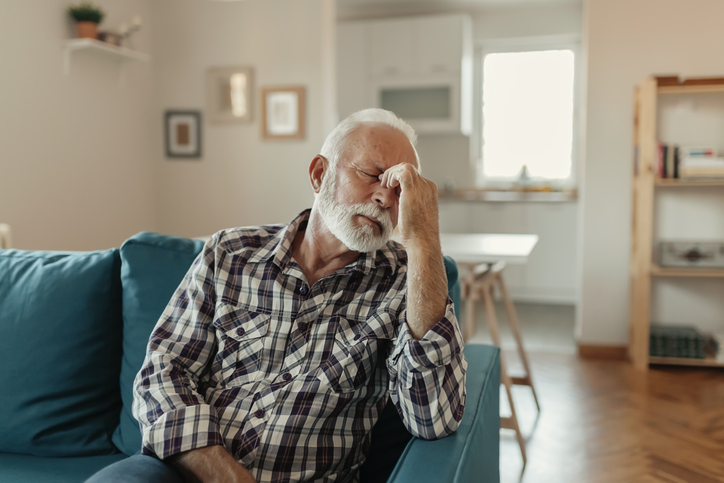
Chronic pain is defined as pain that lasts longer than 6 months. It is often misunderstood as the causes are varied which can make treatment complicated. Many myths exist about chronic pain and its treatment options. Separating the myths from the facts helps people understand the reality of chronic pain.
Myth: People with chronic pain should not exercise.
Although complete bed rest is sometimes the natural reaction to pain, it can make chronic pain worse because it deconditions the body. Maintaining an active lifestyle is important; regular exercise develops and maintains flexibility, balance and strength. If an exercise routine is not feasible, individuals with chronic pain should stay as active as physically possible. Exercise not only aids in physical health, it also releases endorphins (the “feel good” chemicals in the brain). It is important to talk with a health care provider before beginning any exercise program.
Fact: Pain can affect mental health.
Pain can lead to depression and anxiety, and depression and anxiety can lead to pain. It is often a vicious cycle. Individuals with chronic pain often benefit from talking with a counselor to manage the emotional and mental components of chronic pain.
Myth: Pain is the only symptom of chronic pain.
Because the origin of chronic pain varies, individuals deal with different symptoms. Some common symptoms among individuals with chronic pain include depression, anxiety, sleep issues and fatigue.
Fact: Losing excess weight can reduce chronic pain.
When an individual with chronic pain carries excess weight, more pressure is placed on the back and the joints. Losing excess pounds to achieve a proper weight can help reduce pain.
Myth: Chronic pain is a normal part of aging.
As people age, minor aches and pains become more common. However, this does not mean that everyone will develop chronic pain as they age. Although age is a risk factor for developing a chronic pain condition, such as rheumatoid arthritis, only some of the aging population will develop chronic pain.
Fact: The weather can affect pain levels.
Joint pain sometimes gets worse when rain or cold weather is part of the forecast. Research shows varied results, but it seems that changes in air pressure increase joint pain, especially in individuals who have arthritis.
Myth: Surgery is the only option.
Not everyone with chronic pain is a candidate for surgery due to several reasons, including, but not limited to, advanced age, overall physical condition, or simply because surgery will not help their condition. Many people with chronic pain opt for procedures that are non-invasive, less risky and less taxing on the body. A multi-disciplinary approach is often used to treat chronic pain (physical therapy, medication, exercise and relaxation techniques, etc.). If surgery is recommended, individuals should discuss their options with their doctor.








